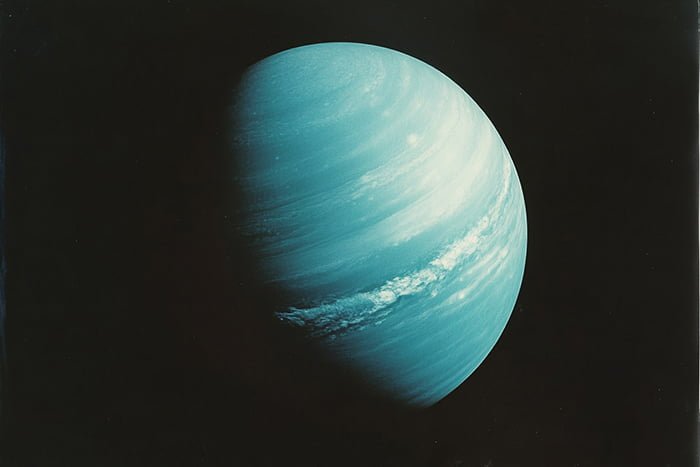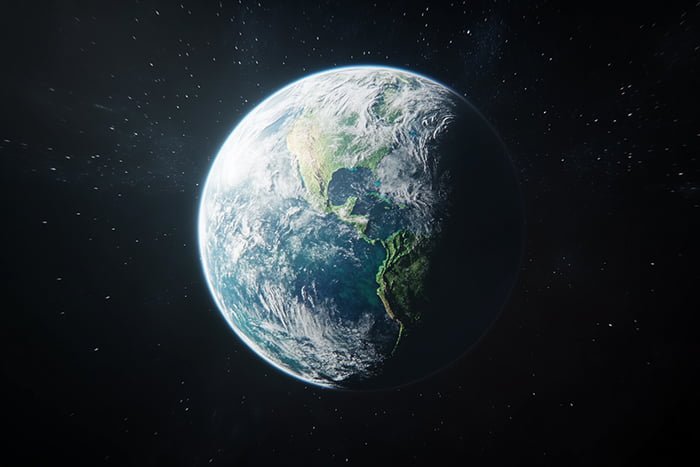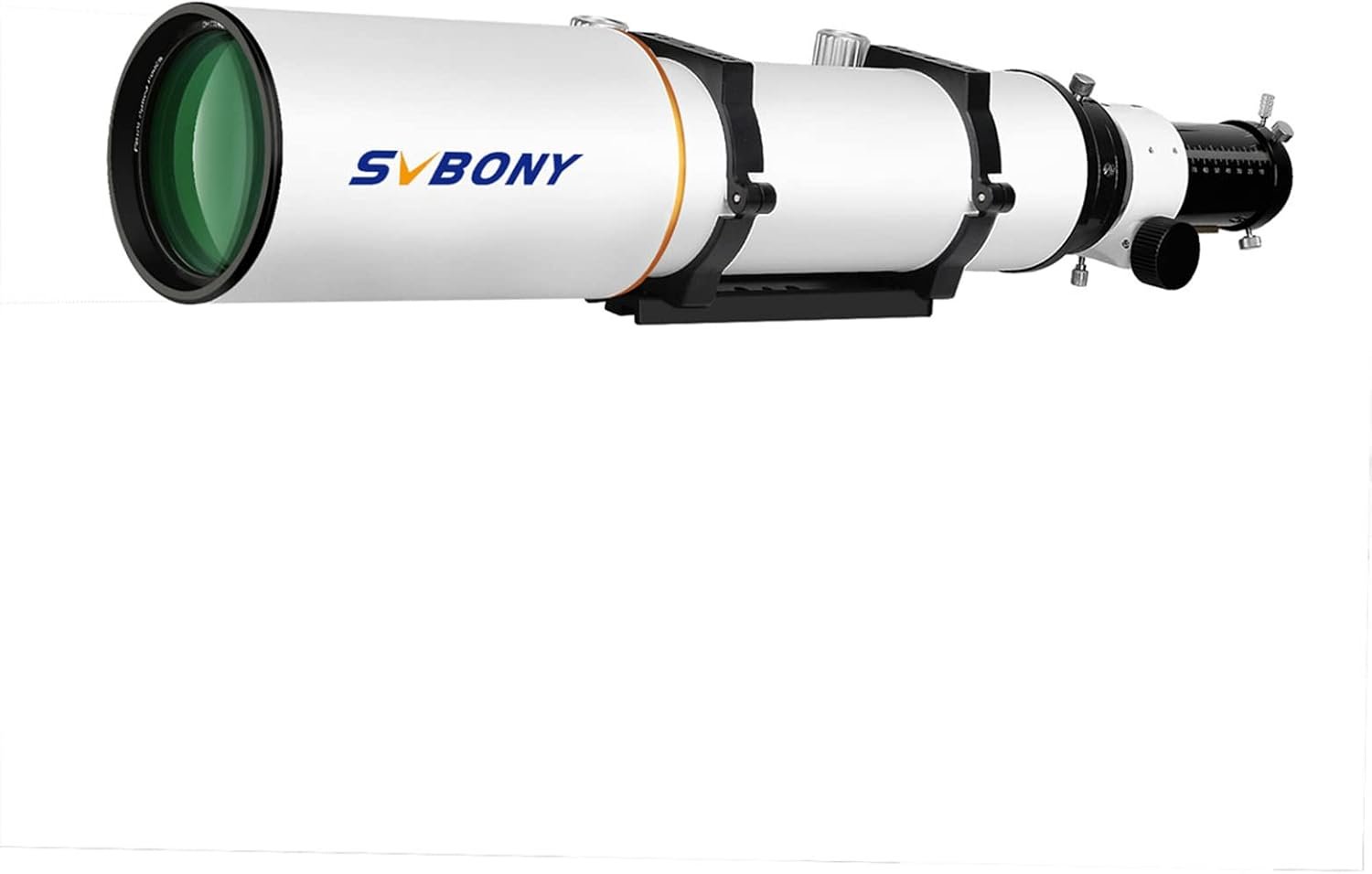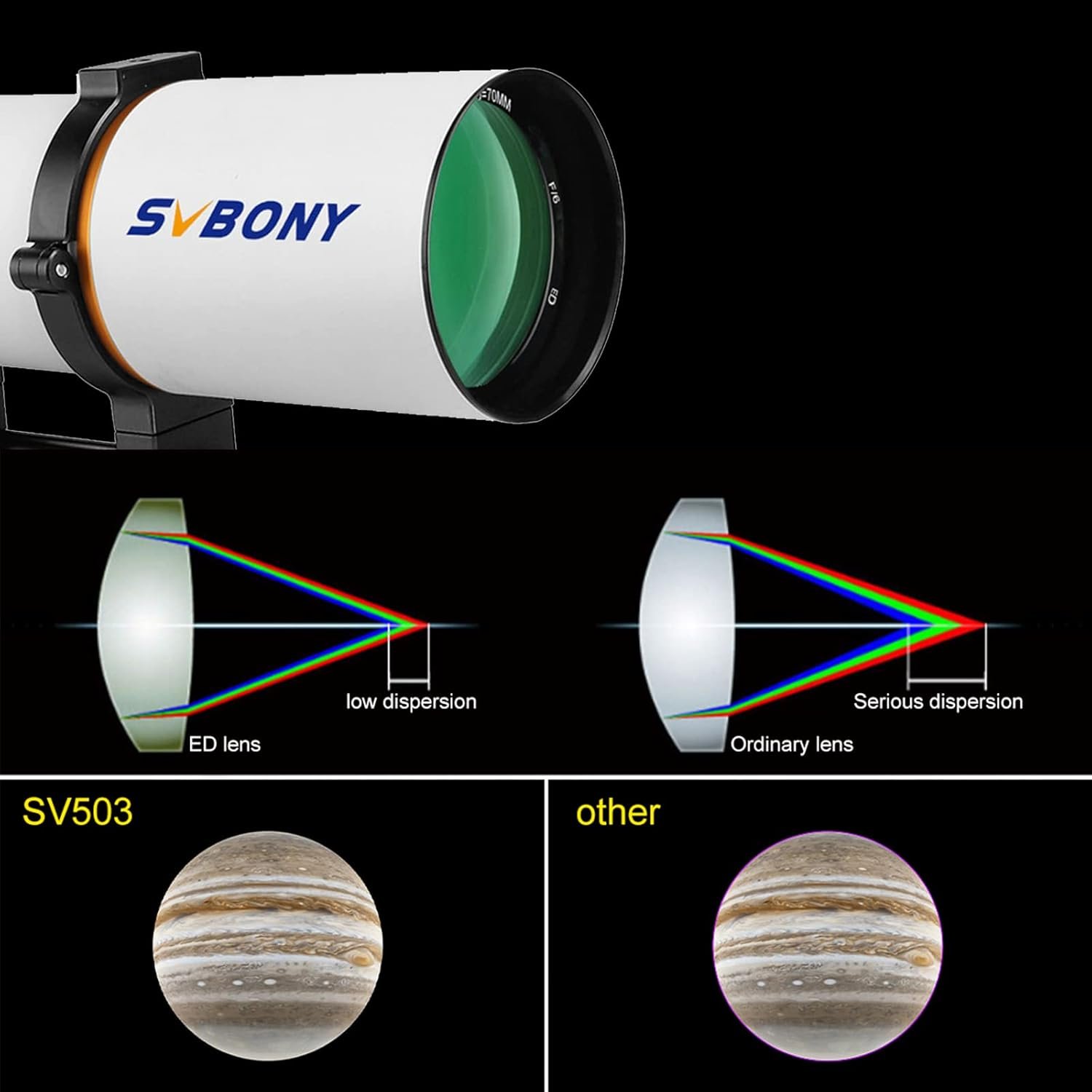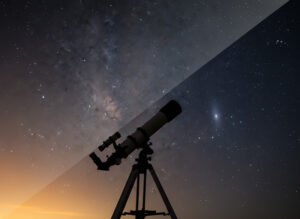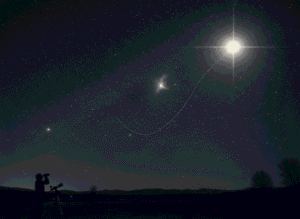Uranus, the seventh planet, discovered in 1781 by Herschel, has a unique 97.77° tilt, icy composition, and 27 moons, revealed by Voyager 2 in 1986.
Key Takeaways 📝
- Unusual Tilt and Rotation: Uranus’s 97.77° tilt causes it to roll on its side, leading to extreme and unique seasonal changes.
- Icy Composition: Classified as an “ice giant,” Uranus’s composition includes water, ammonia, and methane, creating a complex internal structure.
- Diverse Moons: Uranus has 27 moons with varied characteristics, offering insights into the planet’s formation and evolution.
- Voyager 2 Discoveries: The 1986 flyby by Voyager 2 provided the first detailed observations of Uranus and its moons, sparking interest in further exploration.
- Future Exploration: Dedicated missions to Uranus could help answer key scientific questions about our solar system’s formation and evolution.
The Discovery of Uranus
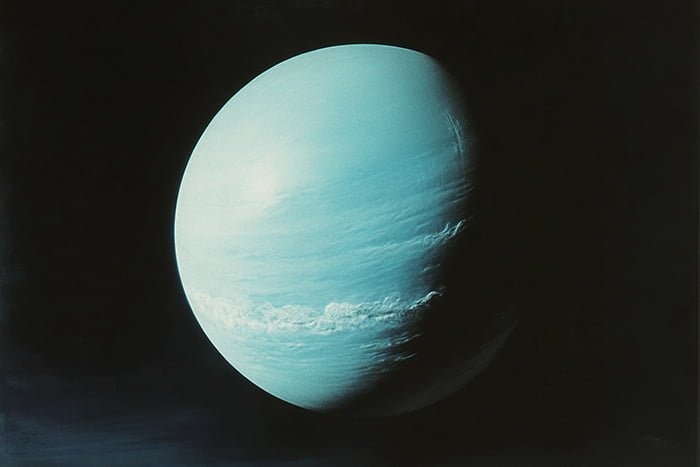
Uranus was first observed by the renowned astronomer Sir William Herschel on March 13, 1781. Herschel initially believed the object he had spotted was a comet, but further observations and calculations soon revealed that it was, in fact, a previously undiscovered planet. This momentous discovery marked the first time a new planet had been identified in modern history, and it ushered in a new era of exploration and understanding of our solar system.
The Unusual Tilt and Rotation of Uranus
One of the most striking features of Uranus is its unusual tilt and rotation. Unlike the other planets in our solar system, which rotate on an axis that is nearly perpendicular to their orbits around the Sun, Uranus’s axis is tilted by a staggering 97.77 degrees. This means that Uranus effectively rolls on its side as it orbits the Sun, leading to a unique set of seasonal changes unlike any other planet.
During the Uranian summer and winter, one of the planet’s poles is continuously facing the Sun, while the other is in complete darkness. This extreme seasonal cycle has a profound impact on the planet’s atmosphere and weather patterns, with the equatorial regions experiencing dramatically different conditions than the polar regions.
The Icy Composition of Uranus
Uranus is classified as an “ice giant” planet, along with its neighbor Neptune, due to the significant presence of ices in its composition. Unlike the gas giants Jupiter and Saturn, which are primarily composed of hydrogen and helium, Uranus and Neptune are thought to have a core of rock and ice, surrounded by an icy mantle and a relatively thin atmosphere.
The ices in Uranus’s interior are believed to be a combination of water, ammonia, and methane, which have been compressed and solidified under the immense pressures and temperatures within the planet. This unique composition has led to the development of a complex and dynamic interior structure, with potential implications for the planet’s magnetic field and atmospheric processes.
The Uranian Moons: A Diverse and Fascinating System
Uranus is home to a diverse system of moons, with 27 known satellites as of 2023. These moons, named after characters from the works of William Shakespeare and Alexander Pope, are a captivating group that ranges from the small and heavily cratered Miranda to the larger and more geologically active Titania and Oberon.
Many of Uranus’s moons exhibit unique features, such as the towering cliffs and strange patterns on the surface of Miranda or the deep canyons and reddish hues of Titania. The study of these moons has provided valuable insights into the formation and evolution of the Uranian system, as well as the broader processes that shape the satellites of gas and ice giant planets.
Exploring Uranus: Past, Present, and Future
Uranus has been the subject of extensive study and exploration, with the Voyager 2 spacecraft providing the first detailed observations of the planet and its moons during its flyby in 1986. While Uranus has not received the same level of attention as some other planets in our solar system, there is a growing interest in sending dedicated missions to this enigmatic world.
Future exploration of Uranus could shed light on a wide range of scientific questions, from the planet’s unusual tilt and atmospheric dynamics to the composition and evolution of its moons. Such missions could also provide valuable insights into the formation and evolution of our solar system as a whole, helping to unlock the secrets of this distant world.
Uranus, with its unique features and fascinating history, is a true gem in the tapestry of our solar system. From its unusual tilt and rotation to its icy composition and diverse system of moons, this enigmatic planet continues to captivate astronomers and space enthusiasts alike. As we continue to explore and study Uranus, we can expect to uncover even more secrets that lie within this distant world.

